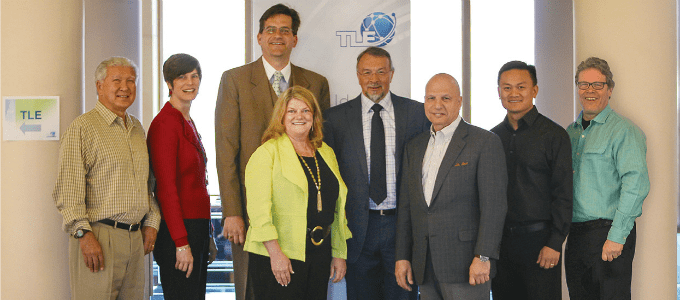To say IBM's 500-person learning department is committed to continuous learning and development for all of the company’s employees is an understatement. Obsessed would be more accurate.
The Armonk, N.Y.-based business technology company has developed what it calls an evolving, all-encompassing ecosystem of learning and development programs. This ecosystem is open to IBM Corp.’s pre-hires all the way up to its executives.
IBM’s significant losses in the early 1990s serve as the company’s inspiration for its learning and development initiatives. Given the quick pace at which technology develops, the company can’t afford to fall behind on new trends if it hopes to remain a leader in business technology. The objective of the learning initiatives is to develop the ability to close the skills gaps created by adaptive challenges.
To keep up with the vicissitudes of the technology industry, IBM identifies and eliminates lowest-use and lowest-rated content in its learning management system. At the end of 2013 it eliminated 39 percent of its learning content that few people liked or used — 7,600 outdated courses.
“In a very real sense, we are always restlessly reinventing our company and thus our employees,” said Matt Valencius, manager of instructional design and development at IBM.
The interview process is the first contact a potential new IBMer will have with the company’s learning and development ecosystem. Hiring managers are trained on how to interview candidates in ways that will indicate whether they’ll be a good fit at IBM.
After being hired, an employee goes through the New Hire Experience, which is a two-year onboarding program intended to engage new employees and provide experiences shaped by IBM’s values and practices. This program has had a positive effect on employee attrition rates. Analysis found that participants were 24 percent less likely to voluntarily leave IBM.
Further, Valencius said learning is important to IBM executives, who see themselves as stewards of a company that will continue to play a large role in the business world of the 21st century.
When employees are appointed to an executive position for the first time, they participate in the New IBM Executive First 100 Days program, which guides new executives through the early days of their new position and helps them get up to speed quickly. Even after an executive’s first 100 days have ended, she or he stays in contact with the program for the first two years at the new position.
In addition to the formal programs developed for IBM employees and executives, CEO Ginni Rometty encourages every employee to participate in THINK40. The goal of this program is for every IBMer to complete 40 hours of self-initiated professional development per year. According to company data, some 60 percent of THINK40 participants felt more motivated to invest time in their professional development. This is advantageous, as one of the program’s goals is to improve engagement.
“Engaged employees deliver differentiated client experiences, which lead to business results — in that order,” Rometty said.
Mobile learning is also increasing in importance at IBM. For about a year now, IBM’s learning content has been moving to an on-demand function, allowing employees to access courses and other learning materials whenever and wherever they want to. The company’s Technical Leadership Exchange, an annual get-together for employees to share new technological developments and research, is also being moved to a mobile platform. In the past, the exchange was strictly an in-person event. However, the mobile function will allow more employees to attend and share their own findings and new ideas.
IBM’s learning and development program success has led to an increase in retention and engagement. The learning initiatives also have led to financial benefits for the company. For example, a skills development initiative, which cost $700,000, led to $32 million in cost savings and avoidance.
But despite the success of the learning initiatives, there’s still more to do.
“These are all bottom-line successes,” Valencius said. “However, we do not yet have the results for our most important goal. As a learning function, we are seeking to shift the culture of IBM.”















